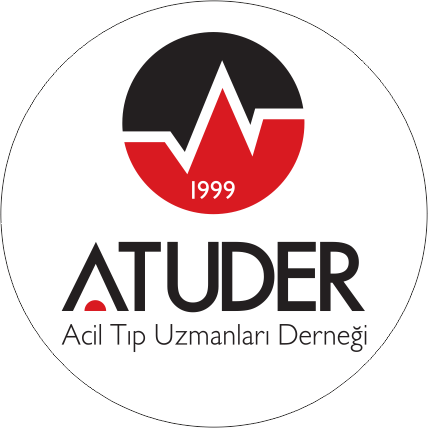ABSTRACT
Objective:
This study was designed prospectively to investigate the demographic data of patients (n=434) who received blood and blood products at the Uludag University Medical Faculty Research Hospital Emergency Service between June 2009 and December 2009. The indications for the blood products used, the amount and the type of products used and the documentation of reactions were investigated and compared with data in the literature.
Materials and Methods:
83.0% patients had normal vital parameters, 3.4% had hypotension, 2.1% had tachycardia, 1.1% had fever, 9.7% had hypotension and tachycardia and 0.7% had hypotension, tachycardia and fever. In terms of hemoglobin levels, 40.6% of patients had a level below 7 g/dL, 13.1% were between 7-8 g/dL, 26.7% were between 8-10 g/dL and 19.6% were above 10 g/dL. The patients who were transfused with an erythrocyte suspension were mostly the group who had a hemoglobin level below 7 g/ dL. Platelets were transfused mostly for thrombocytopenia in patients with a platelet count between 10-20 x 103/mm3.
Results:
Of all transfused patients, 3.9% had an acute complication related to transfusion. 1.2% of these were acute febrile non-hemolytic reactions (FNHR), 1.1% were heart failure, 0.9% were allergic reactions and 0.7% were both FNHR and allergic reactions. 76.5% of all transfused patients were discharged from the emergency department, 19.4% were hospitalized, 2.5% were sent to other hospitals and 1.6% died in the emergency department.
Conclusion:
In light of our findings, it can be seen that many transfusions are performed in the emergency department, transfusion protocols are not normally followed and most transfusions are performed to support the outpatient clinic.



